Embarking on a coastal birding adventure unlocks access to extraordinary avian diversity amid stunning natural backdrops. Coastal ecosystems differ markedly from inland habitats – they’re dynamic interfaces where freshwater meets saltwater, creating premier observation zones for novice ornithologists.
These transitional environments support remarkable biodiversity through their unique ecological characteristics. The following 15 coastal birding locations are perfect for beginners, offering ideal conditions for building identification skills while exploring some of North America’s richest avian habitats.
Point Reyes National Seashore
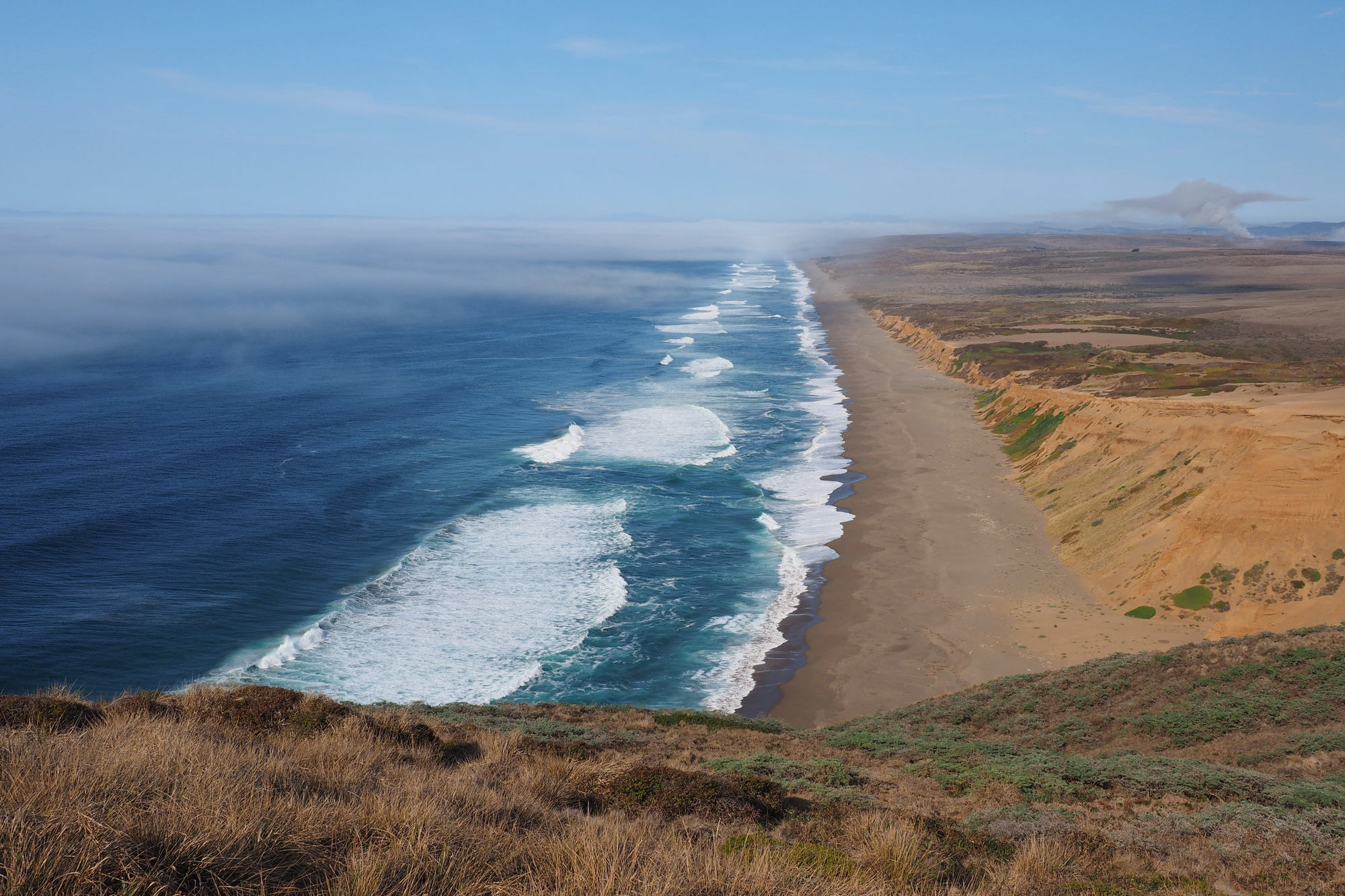
Northern California’s treasured peninsula encompasses roughly 70,000 acres, home to an astonishing 490+ avian species documented throughout seasonal cycles. It’s a mosaic of maritime habitats that combines tidal wetlands, coniferous forests, and windswept beaches, where beginners might observe anything from statuesque great blue herons to diminutive western sandpipers.
Optimal viewing occurs during migratory periods of April-May or September–October, when transient species supplement resident populations.
Cape May Point

Positioned strategically at New Jersey’s southernmost extremity, Cape May functions as a geographical bottleneck during migration, effectively concentrating thousands of birds within its relatively compact peninsula. Well-constructed observation decks make raptor and shorebird identification surprisingly accessible, even for beginners with limited birding experience.
The site’s renowned Bird Observatory hasn’t forgotten beginners; they conduct introductory walks each weekend that pair newcomers with seasoned birders for practical field instruction.
Sanibel Island
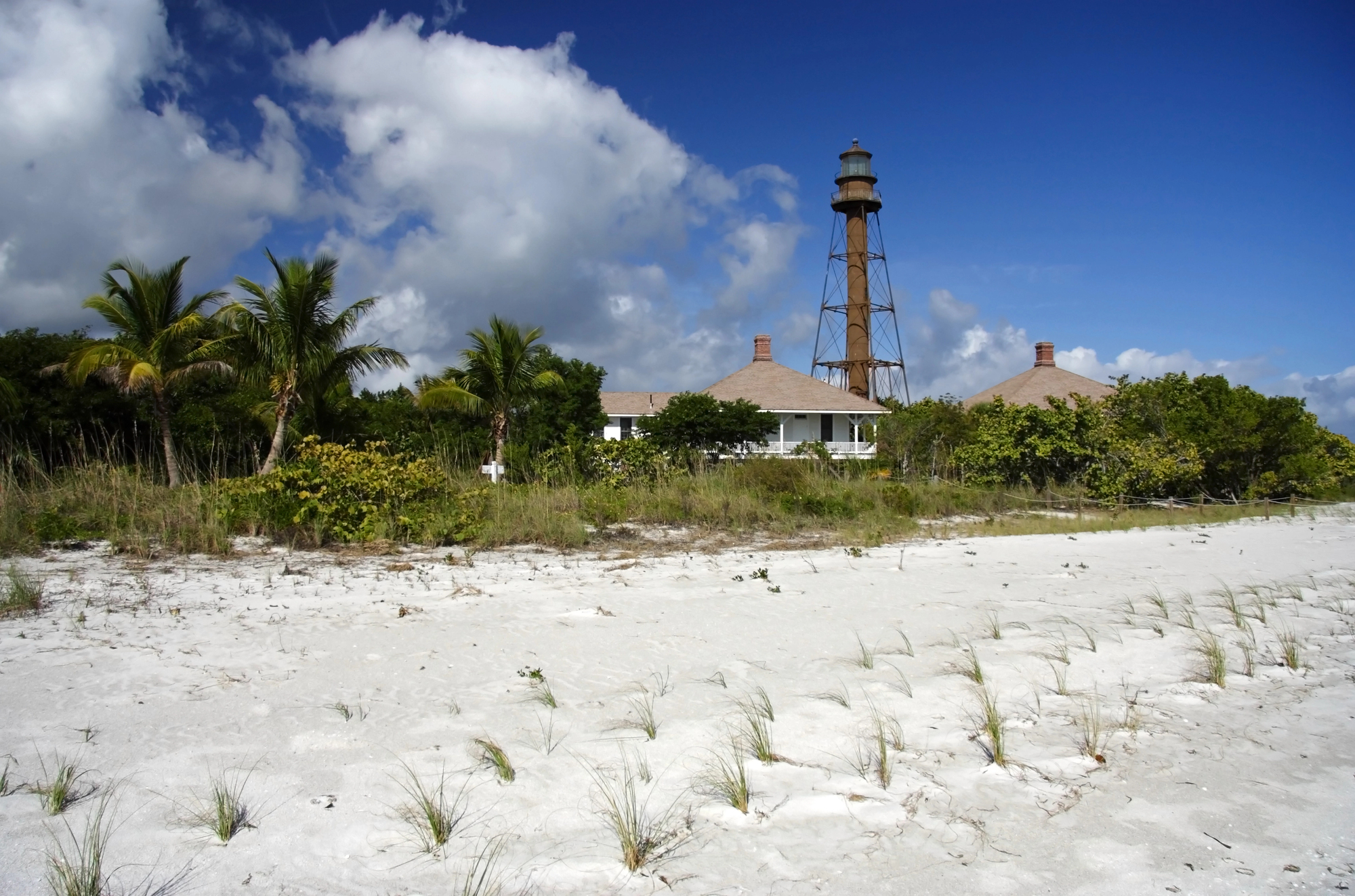
This accessible Florida sanctuary encompasses the celebrated J.N. ‘Ding’ Darling National Wildlife Refuge – where colorful roseate spoonbills and imposing wood storks often feed within yards of parked vehicles. Don’t worry about strenuous hiking; the refuge’s 4-mile Wildlife Drive lets visitors practice binocular skills without leaving air-conditioned comfort.
Try scheduling visits during receding tides when exposed mudflats become magnets for feeding waders and shorebirds.
Like Travel Pug’s content? Follow us on MSN.
Monterey Bay
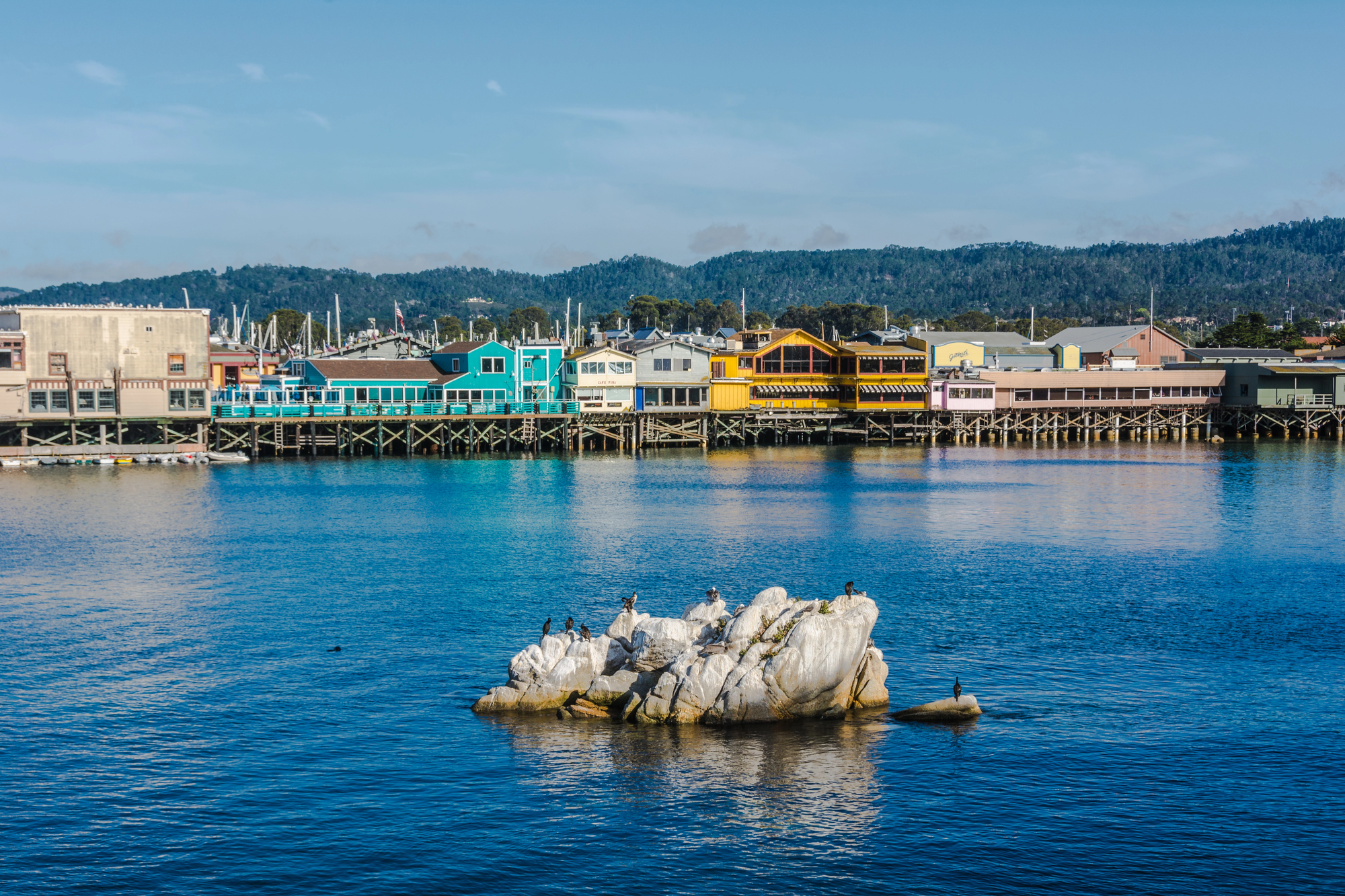
Central California’s protected marine sanctuary harbors extraordinary avian diversity – from massive brown pelicans plunging to sleek pelagic cormorants perched on near-shore rocks. Land-based observation points eliminate the need for expensive pelagic excursions while still delivering impressive species counts.
The bay’s remarkable bathymetry – particularly its submarine canyon – creates nutrient upwellings that support food webs, attracting birds typically found far offshore.
Padre Island National Seashore
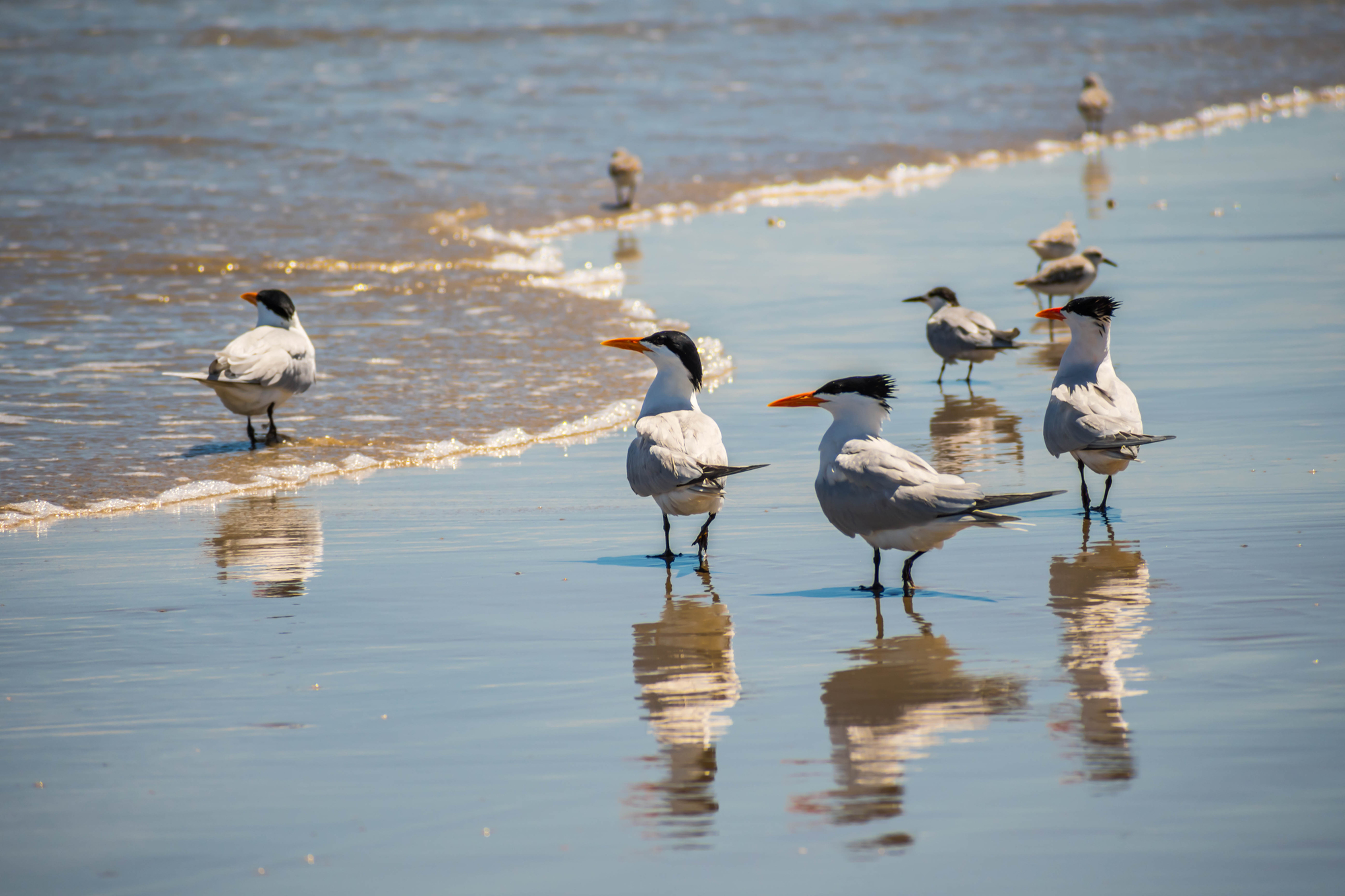
Spanning an impressive 70 miles of undeveloped Texas shoreline, this barrier island presents novice birders with migratory species observation without metropolitan distractions or overwhelming crowds. Gentle coastal topography featuring primary dunes and hypersaline flats creates an ideal habitat for specialized species like reddish egrets and threatened piping plovers.
Early mornings yield optimal results, as many species capitalize on lower temperatures for feeding activities.
Bombay Hook National Wildlife Refuge

Established along Delaware’s productive estuarine system, this accessible refuge features a convenient 12-mile auto route traversing salt marshes where even beginning birders regularly spot herons, egrets, and occasional bald eagles. Several strategically placed observation platforms eliminate hiking requirements while maximizing panoramic wetland views.
Consider scheduling visits during peak tidal stages when foraging birds become concentrated within smaller habitat fragments.
Like Travel Pug’s content? Follow us on MSN.
Cape Cod National Seashore

Massachusetts coastal enthusiasts gravitate toward this storied peninsula, which supports remarkable avian diversity through its patchwork of maritime ecological communities. Well-maintained trail networks connect distinctive microhabitats ranging from salt marshes to maritime forests without demanding technical hiking skills.
The peninsula’s acclaimed Wellfleet Bay Wildlife Sanctuary deserves special mention for its beginner-oriented guided walks, consistently offered on Saturday mornings throughout the year.
Chincoteague National Wildlife Refuge

Beyond its feral equine population, this Virginia coastal preserve functions as a premier shorebird habitat with exceptional visitor infrastructure. The refuge’s Beach Road contains numerous established pull-offs where beginners practice distinguishing subtle differences between similar shorebird species without requiring bush navigation.
Winter brings spectacular concentrations of snow geese – sometimes exceeding 30,000 individuals – creating awe-inspiring viewing even through inexpensive optics.
Morro Bay

Central California’s protected estuary contains productive waters where avian congregation patterns simplify species identification, making it an ideal training ground for developing basic ornithological skills. A meticulously maintained 4-mile circumnavigational trail features educational signage specifically designed for novice naturalists encountering common species.
Coastal fog typically dissipates by mid-morning, creating optimal lighting conditions that enhance feather detail observation, crucial for accurate identification.
Like Travel Pug’s content? Follow us on MSN.
Titusville Blackpoint Wildlife Drive

Adjacent to Florida’s internationally significant Merritt Island complex, this engineering marvel features a 7-mile unidirectional route allowing automobile-based wildlife observation throughout managed wetlands. Shallow impoundments situated surprisingly close to the roadway attract concentrations of wading birds, enabling even modestly equipped photographers to capture frame-filling images.
Water level manipulation occurs systematically throughout annual cycles to maximize habitat suitability for targeted avian guilds.
Skagit Valley

Washington’s fertile coastal lowlands transform dramatically each winter as vast flocks of snow geese and trumpeter swans descend from Arctic breeding territories. Expansive agricultural landscapes provide unobstructed sightlines across considerable distances, allowing newcomers to practice spotting techniques without navigational challenges.
Local farming operations often cooperate with wildlife agencies, establishing designated viewing areas where visitors can safely observe congregating birds from rural roadways.
South Padre Island
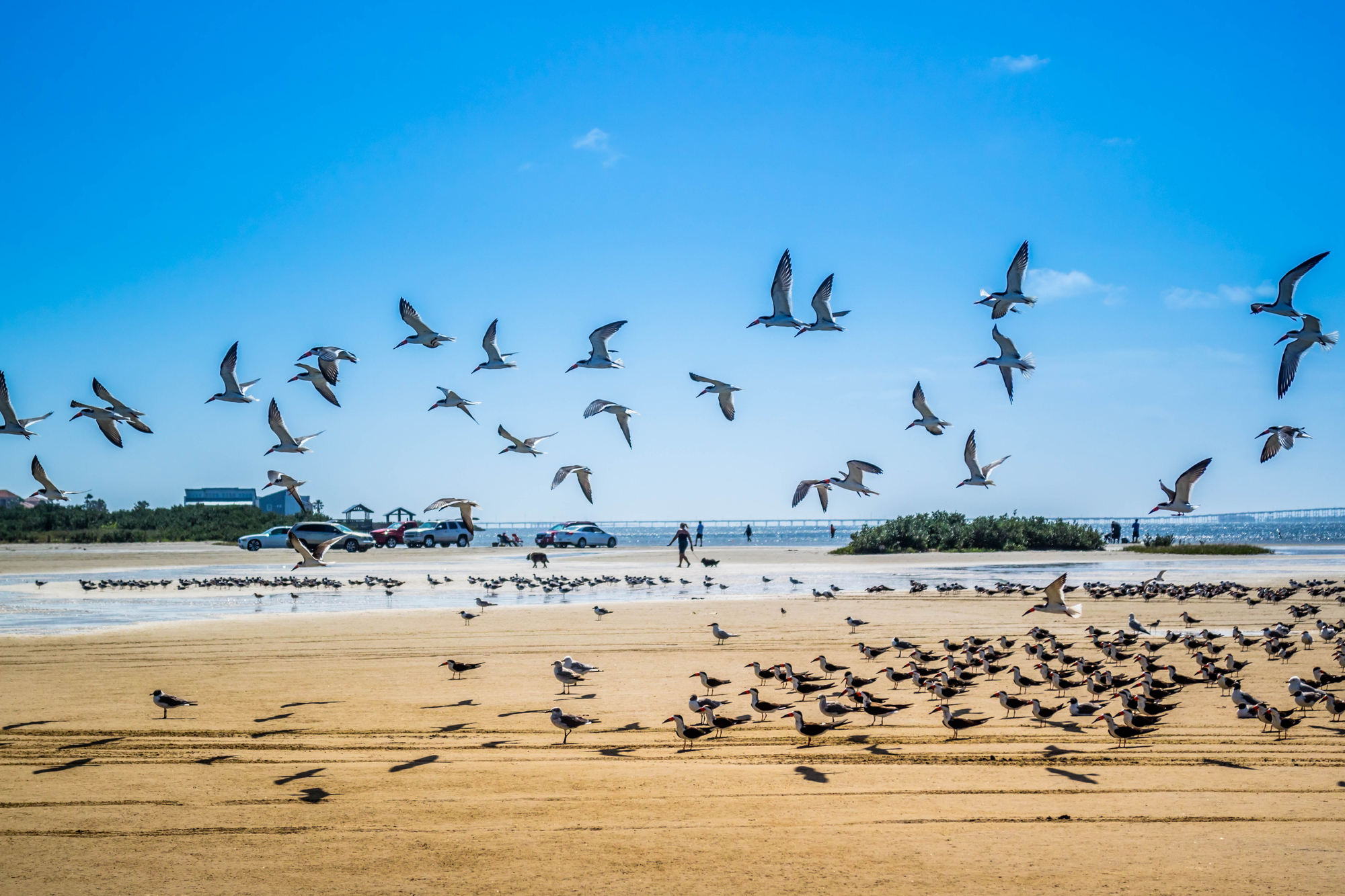
Texas birding enthusiasts consistently rank this barrier island destination among their top locations due to its specialized infrastructure and remarkable species diversity. The island’s purpose-built Birding and Nature Center provides sheltered observation areas staffed by knowledgeable volunteers eager to assist beginners with basic identification.
Elevated boardwalks extend through critical wetland habitats, bringing observers remarkably close to feeding birds without causing disturbance. Spring migration brings astonishing concentrations of neotropical songbirds seeking rest before continuing their transcontinental journeys.
Like Travel Pug’s content? Follow us on MSN.
Jamaica Bay Wildlife Refuge

This unexpected metropolitan sanctuary exists merely minutes from New York City’s densest neighborhoods yet supports biodiversity rivaling remote conservation areas. Broad, level pathways encircle freshwater impoundments where novice birders can practice waterfowl identification without specialized hiking equipment or technical expertise.
The refuge administration demonstrates a commitment to public education through weekly introductory bird walks every Sunday, helping urban residents connect with surprising avian diversity persisting within their city’s boundaries.
Bolivar Flats Shorebird Sanctuary
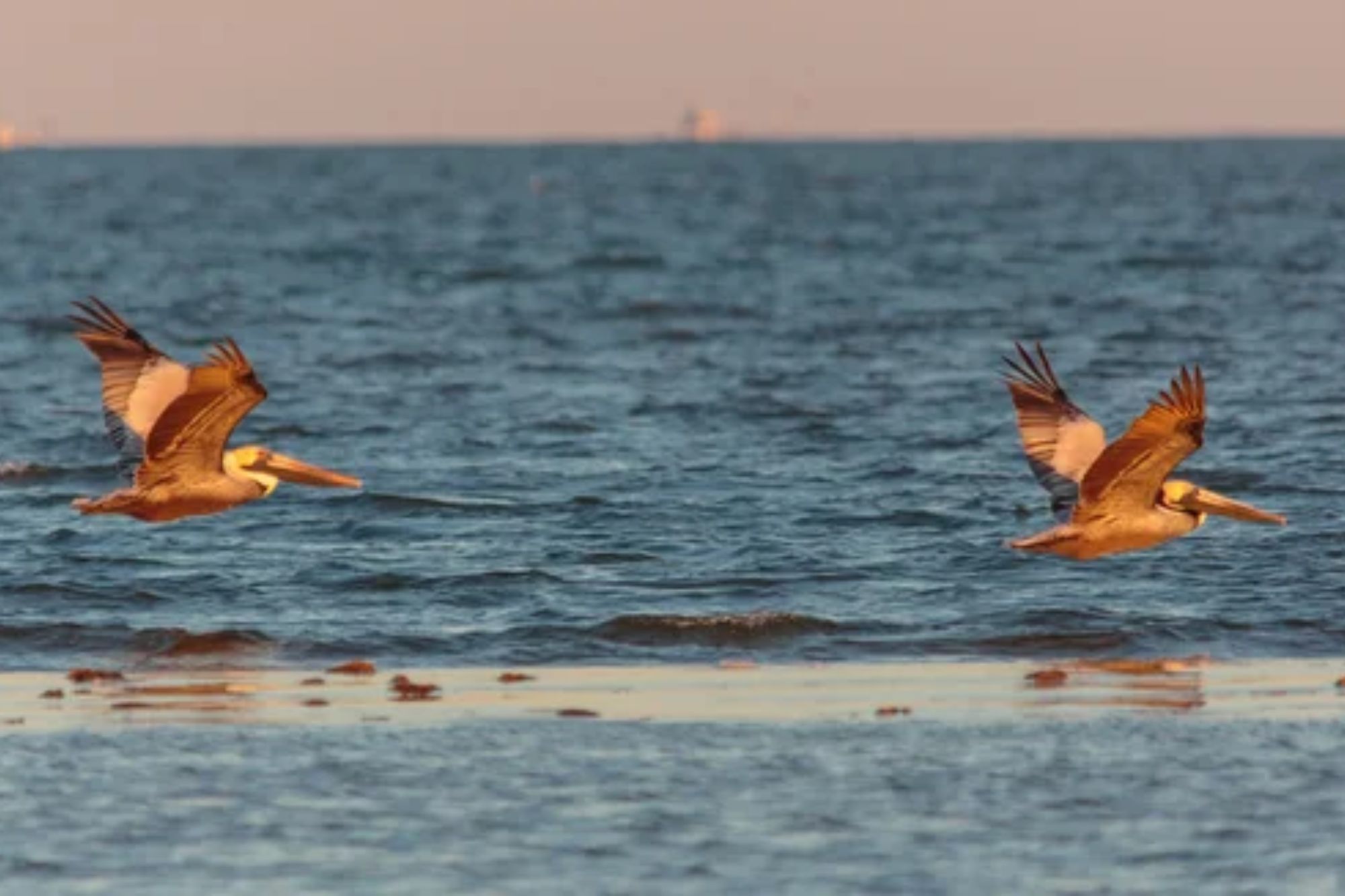
The Texas coast harbors this extraordinary 1,146-acre protected area comprising intertidal mudflats and salt marshes that attract staggering shorebird concentrations throughout seasonal cycles. Unobstructed coastal terrain facilitates easy wildlife observation, while the site’s gently sloping beach profile allows observers to adjust viewing distance according to personal preference and equipment limitations.
Incoming tides progressively concentrate foraging birds into smaller areas, creating ideal conditions for beginning observers attempting to distinguish between similar species.
Humboldt Bay National Wildlife Refuge

Northern California’s largest estuarine system encompasses accessible viewing areas, where beginners regularly observe birds utilizing protected marshes and open water habitats. The refuge’s signature 1.5-mile Shorebird Loop traverses flat terrain suitable for all physical abilities while providing excellent observation opportunities throughout its length.
Strategic placement of viewing blinds along established routes permits close observation without triggering avoidance behaviors that might otherwise deprive beginners of detailed study opportunities.
Like Travel Pug’s content? Follow us on MSN.
Where Wings Meet Waves
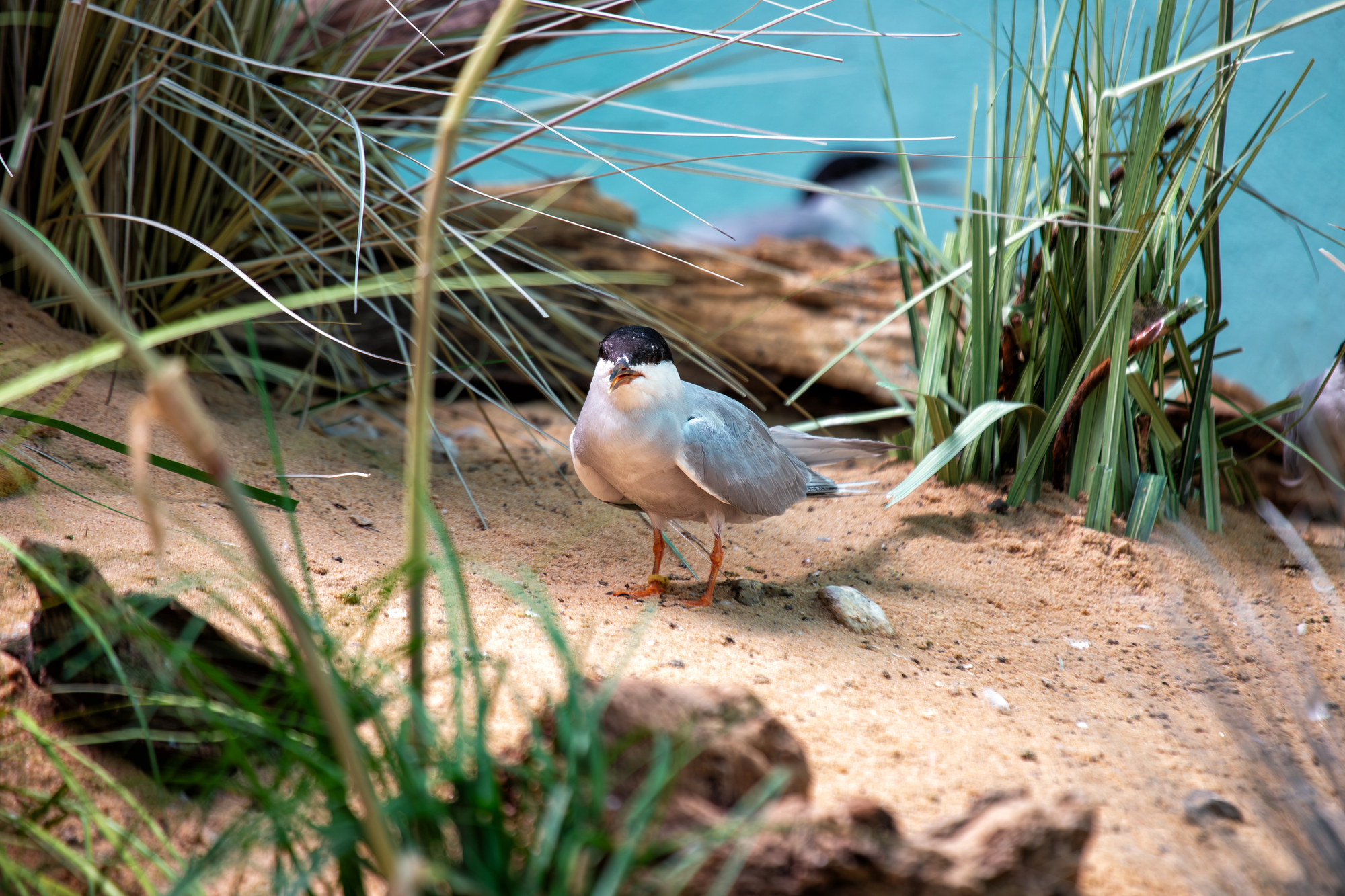
Coastal birding connects modern observers with ancient avian migration patterns that have persisted across evolutionary timescales. Today’s birds follow ancestral flight paths established through generations of successful navigation spanning thousands of years. These 15 locations offer contemporary enthusiasts privileged access to these timeless biological phenomena with minimal barriers to participation beyond basic optics and genuine curiosity.
As identification skills develop at these beginner-friendly destinations, observers join a continuous tradition of coastal wildlife appreciation spanning human history—a tradition that continues evolving alongside the birds themselves.
More from Travel Pug

- Cities Growing so Fast You Won’t Recognize Them in 10 Years
- 13 Destinations Where Tourists Regularly Regret Their Trip
- 16 U.S. Cities That Are Quietly Becoming Travel Hotspots
- Where to Travel If You Love Long Bus Rides and Daydreams
- 20 Cities Perfect for Solo Travelers Who Crave Adventure & Culture
Like Travel Pug’s content? Follow us on MSN.
